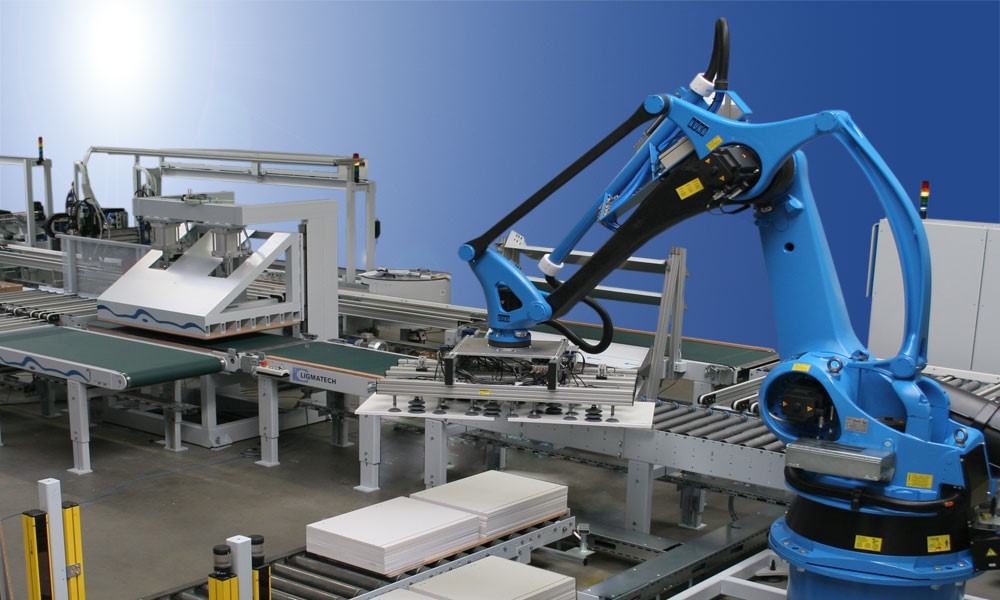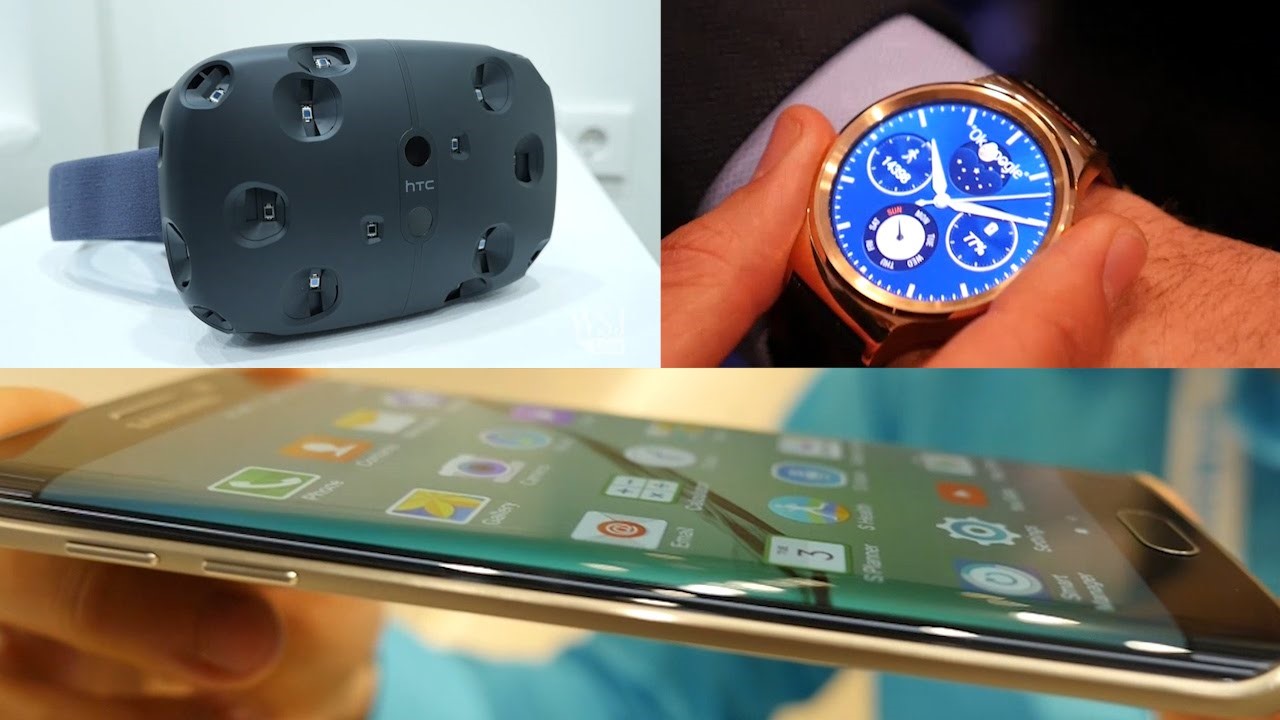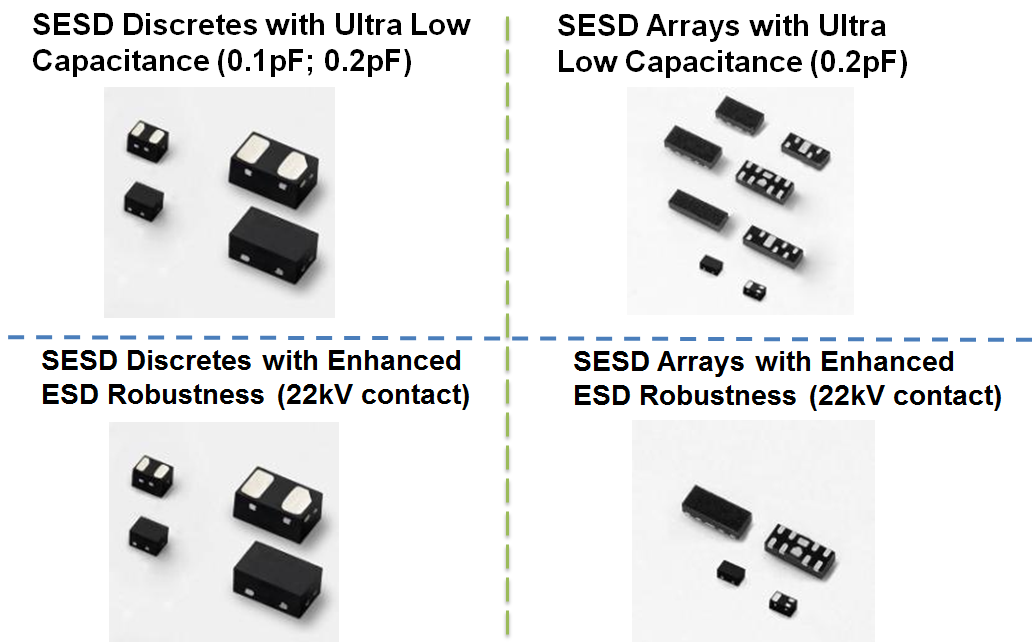Data needs are becoming greater, driving the adoption of high bandwidth interfaces. Driveless cars, increased automation in the industrial sector, and higher quality video and user experience can create challenges of protecting the interfaces from the environment in which they are used.
In the industrial sector, advancements in assembly line technology, ranging from smarter robots to entire Industrial Internet of Things (IIoT) solutions, have been made to improve production workflow. Companies employing these advancements are able to achieve low costs, higher reliability, and faster time to market.

In the automotive market, collision avoidance technology, connectivity, and the path towards “hands off” driverless technology are redefining the need for reliability in the automotive electronics market. Today’s vehicles are significantly more advanced than the vehicles marketed even five years ago. They are outfitted with a host of sensor technologies to make the car a smarter machine, a safer machine, and more efficient in its operations.
In consumer electronics, the expectations are to always be connected to high bandwidth pipes, have instant access to bandwidth-intensive entertainment, and to have immediate and secure access to personal libraries of data, entertainment and personal histories warehoused in the cloud. We want what we want, when we want it.

To ensure these electronic devices, machinery, and solutions are reliable, efficient, responsive, and accurate, the systems within these technologies must be able to operate at peak performance. The components must be protected from ancillary effects and environmental effects which could damage them and adversely impact the technology’s performance and the user’s safety.
Among the more susceptible components are the high-speed interfaces in many modern-day electronics, including HDMI connections, USB ports, Thunderbolt ports, and Ethernet ports. If not properly protected from damage caused by environmental events such as electrostatic discharge (ESD), it could lead to a breaking down of the interface itself, which, in turn, could lead to the application and the experience failing.
Using ESD as an example, some of the more common problems that it can cause is: environmental damage due to ESD discharge into a system, unreliable signal integrity causing data transfer errors, excessive leakage current prematurely draining a portable Li-ion battery, and in some cases, the total system failure caused by irreversible damage of the interface IC. The degradation in service levels, more often than not, is directly attributable to improper ESD protection.
Littelfuse, the industry’s leader in circuit protection solutions, addresses all of these issues, to permit high-speed interfaces to meet customer and system expectations. Case in point: the company’s new silicon-enhanced ESD (SESD) series. It provides in excess of 20-kV contact ESD protection, well beyond the maximum requirement of 8kV as defined by the IEC61000-4-2 specification, which is what the electronics industry relies on for proper procedures in ESD testing equipment and systems for ESD immunity.
In addition to covering the most basic interface-ESD needs, the company’s SESD products do not degrade signal integrity (SI). A system or data bus will transmit a series of 1s and 0s, and if the SI design is adequate, inputs=outputs. If the system is compromised by either ESD damage, or the wrong ESD component selection, data will not be received through the intended path, and information will be either lost, or corrupted. To ensure SI is not adversely affected by ESD, Littelfuse’s SESD solutions offer ultra-low capacitance ESD protection in either unidirectional or bidirectional configurations, thereby providing design choice without sacrificing level of protection or SI.
Littelfuse’s SESD products also take into consideration the footprint of these components; specifically, they should be as small as possible. Four key products comprise the SESD family:
- SESD Discretes with Ultra-Low Capacitance (0.1 pF; 0.2 pF)
- SESD Arrays with Ultra-Low Capacitance (0.2 pF)
- SESD Discretes with Enhanced ESD Robustness (22kV contact)
- SESD Arrays with Enhanced ESD Robustness (22kV contact)

Each one has different options featuring different specs, to match the design of the device’s interface and occupy as little real estate as possible. This way, protection is maximized with very little added system cost, complexity, and attenuation.
A summary of some of the key features of the Littelfuse SESD products:
• 0.20pF TYP capacitance
• ESD, IEC61000-4-2, ±20kV contact, ±20kV air
• Low clamping voltage of 9.2 V @ IPP =2.0A (tP =8/20μs)
• Low-profile DFN array packages
• Facilitates excellent signal integrity
• AEC-Q101 qualified parts available
Applications for the SESD products:
• USB 3.1, 3.0, 2.0
• HDMI 2.0a, 2.0, 1.4a
• DisplayPort
• V-by-One
• Thunderbolt (Light Peak)
• LVDS interfaces
• Consumer, mobile and portable electronics
• Tablet PC and external storage with high-speed interfaces
To meet consumer expectations for robust products and efficient solutions, ESD protection is of the utmost importance. Fortunately, Littelfuse offers a choice among abroad selection of ESD solutions which enable support of next generation of high-speed and high-power technologies.
To learn more, go to arrow.com
Advertisement
Learn more about Electronic Products Magazine





